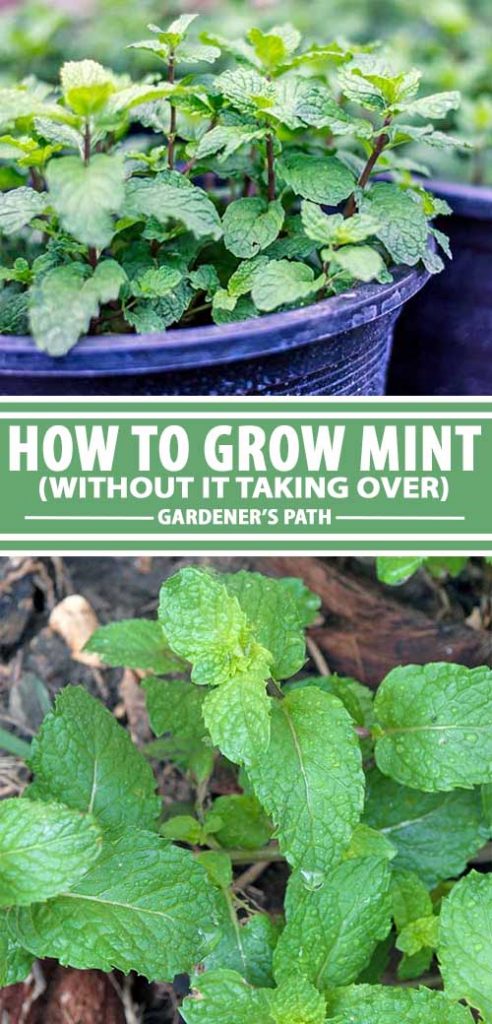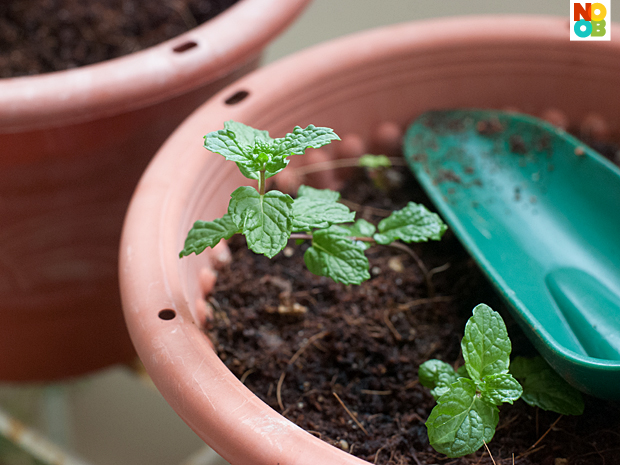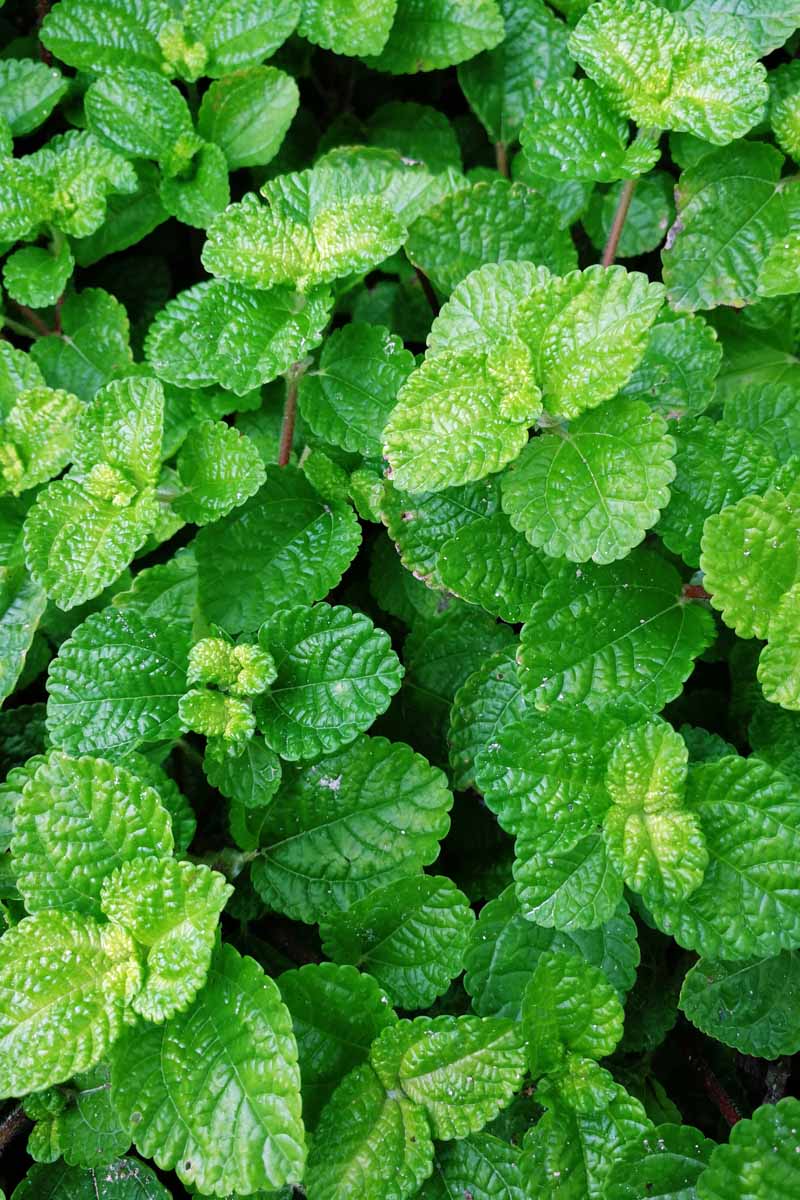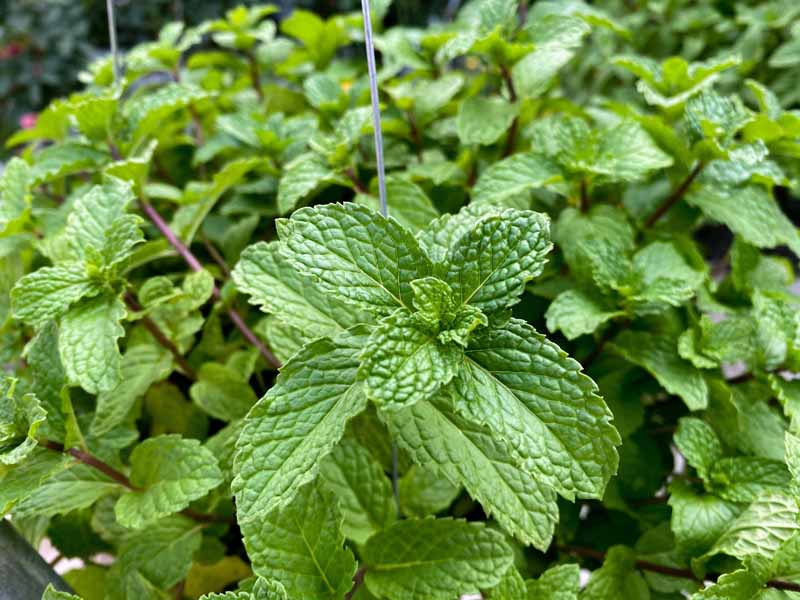Understanding Mint Plant Requirements
Mint plants are one of the most popular herbs to grow outdoors, and for good reason. With their hardy nature and ability to thrive in a variety of conditions, mint plants can be a great addition to any garden. However, to ensure that your mint plant grows and flourishes, it’s essential to understand its basic needs. When it comes to caring for mint plant outdoors, sunlight, watering, and soil requirements are crucial factors to consider.
Mint plants prefer partial shade to full sun, depending on the climate. In warmer regions, it’s best to provide some shade, especially during the hottest part of the day, to prevent scorching. In cooler climates, mint plants can tolerate full sun. When it comes to watering, mint plants prefer moist soil, but make sure not to overwater, as this can lead to root rot. A general rule of thumb is to water mint plants when the top inch of soil feels dry to the touch.
Soil requirements for mint plants are also important to consider. Mint plants prefer well-draining soil that is rich in organic matter. A mix of compost, peat moss, and perlite can provide the perfect balance of nutrients and drainage. When caring for mint plant outdoors, it’s also essential to consider the pH level of the soil. Mint plants prefer a slightly acidic to neutral soil pH, ranging from 6.0 to 7.0.
By understanding the basic needs of mint plants, you can create an ideal environment for your plant to thrive. With the right combination of sunlight, watering, and soil requirements, you’ll be well on your way to growing a healthy and fragrant mint plant outdoors.
Choosing the Right Location for Your Mint Plant
When it comes to caring for mint plant outdoors, selecting the right location is crucial for healthy growth and development. Mint plants require a location that provides the right amount of sunlight, shade, and wind protection. In general, mint plants prefer partial shade to full sun, depending on the climate. In warmer regions, it’s best to provide some shade, especially during the hottest part of the day, to prevent scorching.
Good air circulation is also essential for healthy mint growth. Mint plants are susceptible to fungal diseases, which thrive in humid environments. By providing good air circulation, you can help prevent the spread of disease and promote healthy growth. Consider planting your mint plant in a location that receives gentle breezes, such as near a window or under a tree.
Wind protection is also important to consider when selecting a location for your mint plant. Mint plants can be sensitive to strong winds, which can cause damage to the leaves and stems. Consider planting your mint plant in a location that provides some wind protection, such as near a wall or fence.
Finally, consider the soil quality and drainage when selecting a location for your mint plant. Mint plants prefer well-draining soil that is rich in organic matter. Avoid planting your mint plant in low-lying areas where water may collect, as this can lead to root rot and other problems.
By carefully selecting the right location for your mint plant, you can help ensure healthy growth and development. Remember to consider factors such as sunlight, shade, wind protection, and soil quality when choosing a location for your mint plant.
How to Plant and Establish Your Mint Garden
Planting and establishing a mint garden outdoors requires careful planning and attention to detail. To ensure the success of your mint plants, follow these step-by-step instructions for planting and establishing your mint garden.
Preparing the Soil: Before planting your mint seeds or seedlings, prepare the soil by loosening it to a depth of about 12 inches. Add a 2-inch layer of compost or well-rotted manure to improve soil fertility and drainage. Mix the compost or manure into the soil thoroughly.
Spacing: Mint plants can be invasive, so it’s essential to provide enough space between each plant to prevent overcrowding. Plant mint seeds or seedlings about 12 to 18 inches apart, depending on the variety.
Watering: Water your mint plants thoroughly after planting, and keep the soil consistently moist during the first few weeks after planting. As the plants grow, reduce watering to about 1 inch per week, either from rainfall or irrigation.
Using Containers or Raised Beds: If you’re concerned about mint plants spreading too far, consider using containers or raised beds to keep them under control. Containers and raised beds also provide better drainage and soil quality, which can help promote healthy mint growth.
Benefits of Containers and Raised Beds: Containers and raised beds offer several benefits for mint plants, including improved drainage, better soil quality, and reduced risk of invasive spreading. They also provide a defined growing space, making it easier to care for your mint plants.
Establishing a Healthy Mint Garden: To establish a healthy mint garden, make sure to provide your plants with the right growing conditions, including plenty of sunlight, water, and nutrients. With proper care and attention, your mint plants will thrive and provide you with a bountiful harvest of fresh mint leaves.
Watering and Humidity: The Key to Mint Plant Success
Proper watering and humidity levels are crucial for the success of mint plants outdoors. Mint plants prefer moist soil, but overwatering can lead to root rot and other problems. To ensure optimal moisture levels, it’s essential to understand the watering needs of mint plants and how to maintain the right humidity levels.
Watering Mint Plants: Mint plants prefer moist soil, but the frequency of watering depends on the climate and soil type. In general, mint plants need about 1 inch of water per week, either from rainfall or irrigation. However, in hot and dry climates, mint plants may require more frequent watering. It’s essential to check the soil moisture by inserting your finger into the soil up to the first knuckle. If the soil feels dry, it’s time to water.
Mulching: Mulching is an effective way to maintain optimal moisture levels and reduce the need for frequent watering. Organic mulch such as straw, bark chips, or grass clippings can help retain moisture in the soil and suppress weeds. Apply a 2-inch layer of mulch around the mint plants, keeping it a few inches away from the stems.
Drip Irrigation: Drip irrigation is another effective way to maintain optimal moisture levels. This method delivers water directly to the roots of the mint plants, reducing evaporation and runoff. Drip irrigation systems can be installed above or below the soil surface, depending on the specific needs of the mint plants.
Humidity Levels: Mint plants prefer a humid environment, typically between 40% to 60% relative humidity. In dry climates, it’s essential to maintain optimal humidity levels to prevent stress and promote healthy growth. You can increase humidity around the mint plants by placing the pot on a tray filled with water and pebbles or using a humidifier.
Monitoring Watering and Humidity: Regular monitoring of watering and humidity levels is crucial to ensure the success of mint plants outdoors. Check the soil moisture and humidity levels regularly, and adjust the watering and mulching schedule as needed.
Fertilizing and Pruning for Healthy Mint Growth
Fertilizing and pruning are essential for promoting healthy growth and preventing pests in mint plants outdoors. When it comes to caring for mint plant outdoors, fertilizing and pruning can make a significant difference in the plant’s overall health and productivity.
Fertilizing Mint Plants: Mint plants are heavy feeders and require regular fertilization to promote healthy growth. Use a balanced fertilizer that contains equal amounts of nitrogen, phosphorus, and potassium. Apply the fertilizer once a month, following the manufacturer’s instructions. You can also use compost or well-rotted manure to provide nutrients to the mint plants.
Types of Fertilizers: There are several types of fertilizers available for mint plants, including organic and inorganic options. Organic fertilizers such as fish emulsion, bone meal, and alfalfa meal are excellent choices for mint plants. Inorganic fertilizers such as ammonium nitrate and potassium sulfate can also be used, but be careful not to overfertilize.
Pruning Mint Plants: Pruning is essential for promoting healthy growth and preventing pests in mint plants. Prune the mint plants regularly to encourage bushy growth and prevent them from becoming leggy. Remove any dead or damaged leaves or stems, and cut back the plant to about one-third of its height. This will help to promote new growth and prevent the plant from flowering.
Pruning Techniques: There are several pruning techniques that can be used for mint plants, including pinching, cutting back, and harvesting. Pinching involves removing the tips of the stems to encourage bushy growth. Cutting back involves cutting the stems back to about one-third of their height to promote new growth. Harvesting involves cutting off the leaves and stems to use in cooking and herbal remedies.
Benefits of Fertilizing and Pruning: Fertilizing and pruning can provide several benefits for mint plants, including promoting healthy growth, preventing pests, and increasing productivity. By fertilizing and pruning regularly, you can help to keep your mint plants healthy and thriving.
Pest and Disease Management for Outdoor Mint Plants
Mint plants outdoors can be susceptible to pests and diseases, which can affect their growth and productivity. When it comes to caring for mint plant outdoors, it’s essential to identify common pests and diseases and take steps to manage them.
Common Pests: Aphids, spider mites, and whiteflies are common pests that can affect mint plants outdoors. Aphids can cause curled or distorted leaves, while spider mites can cause yellowing or bronzing of the leaves. Whiteflies can transmit diseases such as tomato spotted wilt virus.
Organic Control Methods: There are several organic control methods that can be used to manage pests on mint plants outdoors. These include neem oil, insecticidal soap, and horticultural oil. Neem oil can be used to control aphids, spider mites, and whiteflies, while insecticidal soap can be used to control aphids and whiteflies. Horticultural oil can be used to control aphids, spider mites, and scale.
Chemical Control Methods: Chemical control methods can also be used to manage pests on mint plants outdoors. These include pyrethrin sprays, permethrin sprays, and systemic insecticides. Pyrethrin sprays can be used to control aphids, spider mites, and whiteflies, while permethrin sprays can be used to control aphids and spider mites. Systemic insecticides can be used to control aphids, spider mites, and whiteflies.
Common Diseases: Root rot, leaf spot, and powdery mildew are common diseases that can affect mint plants outdoors. Root rot can be caused by overwatering, while leaf spot and powdery mildew can be caused by fungal infections.
Organic Control Methods: There are several organic control methods that can be used to manage diseases on mint plants outdoors. These include copper-based fungicides, sulfur-based fungicides, and bicarbonate-based fungicides. Copper-based fungicides can be used to control leaf spot and powdery mildew, while sulfur-based fungicides can be used to control powdery mildew. Bicarbonate-based fungicides can be used to control leaf spot and powdery mildew.
Chemical Control Methods: Chemical control methods can also be used to manage diseases on mint plants outdoors. These include systemic fungicides, contact fungicides, and bactericides. Systemic fungicides can be used to control root rot, leaf spot, and powdery mildew, while contact fungicides can be used to control leaf spot and powdery mildew. Bactericides can be used to control bacterial leaf spot.
Harvesting and Using Fresh Mint from Your Outdoor Garden
Harvesting fresh mint leaves from your outdoor garden is a simple process that requires some basic knowledge and techniques. When it comes to caring for mint plant outdoors, harvesting is an essential step to encourage healthy growth and prevent the plant from flowering.
Best Time to Harvest: The best time to harvest fresh mint leaves is in the morning, after the dew has dried but before the heat of the day. This is when the leaves are at their most fragrant and flavorful.
How to Harvest: To harvest fresh mint leaves, simply pinch or cut off the top sets of leaves from the stem. You can use scissors or pinch off the leaves with your fingers. Make sure to leave at least one set of leaves on the stem to allow the plant to continue growing.
Using Fresh Mint: Fresh mint leaves can be used in a variety of ways, including in cooking, herbal remedies, and as a garnish for drinks and desserts. You can chop the leaves and add them to salads, soups, and sauces, or use them to make teas, cocktails, and other beverages.
Cooking with Fresh Mint: Fresh mint leaves can be used in a variety of dishes, including salads, soups, and sauces. You can also use them to make mint chutneys, mint sauces, and other condiments.
Herbal Remedies: Fresh mint leaves can be used to make herbal remedies, including teas, tinctures, and salves. You can use them to make a soothing tea for digestive issues, or to make a cooling salve for skin irritations.
Preserving Fresh Mint: If you want to preserve fresh mint leaves for later use, you can dry them or freeze them. To dry fresh mint leaves, simply tie them in small bunches and hang them upside down in a warm, dry place. To freeze fresh mint leaves, simply chop them and place them in an airtight container or freezer bag.
Troubleshooting Common Issues with Outdoor Mint Plants
When it comes to caring for mint plant outdoors, there are several common issues that can arise. These include yellowing leaves, slow growth, and invasive spreading. In this section, we will provide solutions to these common problems and offer tips on how to prevent them from occurring in the first place.
Yellowing Leaves: Yellowing leaves can be a sign of overwatering, underwatering, or nutrient deficiency. To address this issue, check the soil moisture and adjust your watering schedule accordingly. You can also add a balanced fertilizer to provide the necessary nutrients for healthy growth.
Slow Growth: Slow growth can be caused by a lack of sunlight, inadequate watering, or poor soil quality. To address this issue, ensure that your mint plant is receiving at least 4-6 hours of direct sunlight per day. You can also improve soil quality by adding organic matter such as compost or well-rotted manure.
Invasive Spreading: Mint plants can be invasive and spread quickly, taking over other plants in the garden. To prevent this from happening, consider growing your mint plant in a container or raised bed. You can also prune the plant regularly to keep it under control.
Other Common Issues: Other common issues that can arise when growing mint plants outdoors include pests, diseases, and extreme weather conditions. To address these issues, ensure that you are providing the necessary care and attention to your mint plant, including regular watering, fertilizing, and pruning.
Prevention is Key: Prevention is key when it comes to troubleshooting common issues with outdoor mint plants. By providing the necessary care and attention, you can prevent many of these issues from arising in the first place. Regularly inspect your mint plant for signs of pests, diseases, and nutrient deficiencies, and take action promptly to address any issues that arise.








